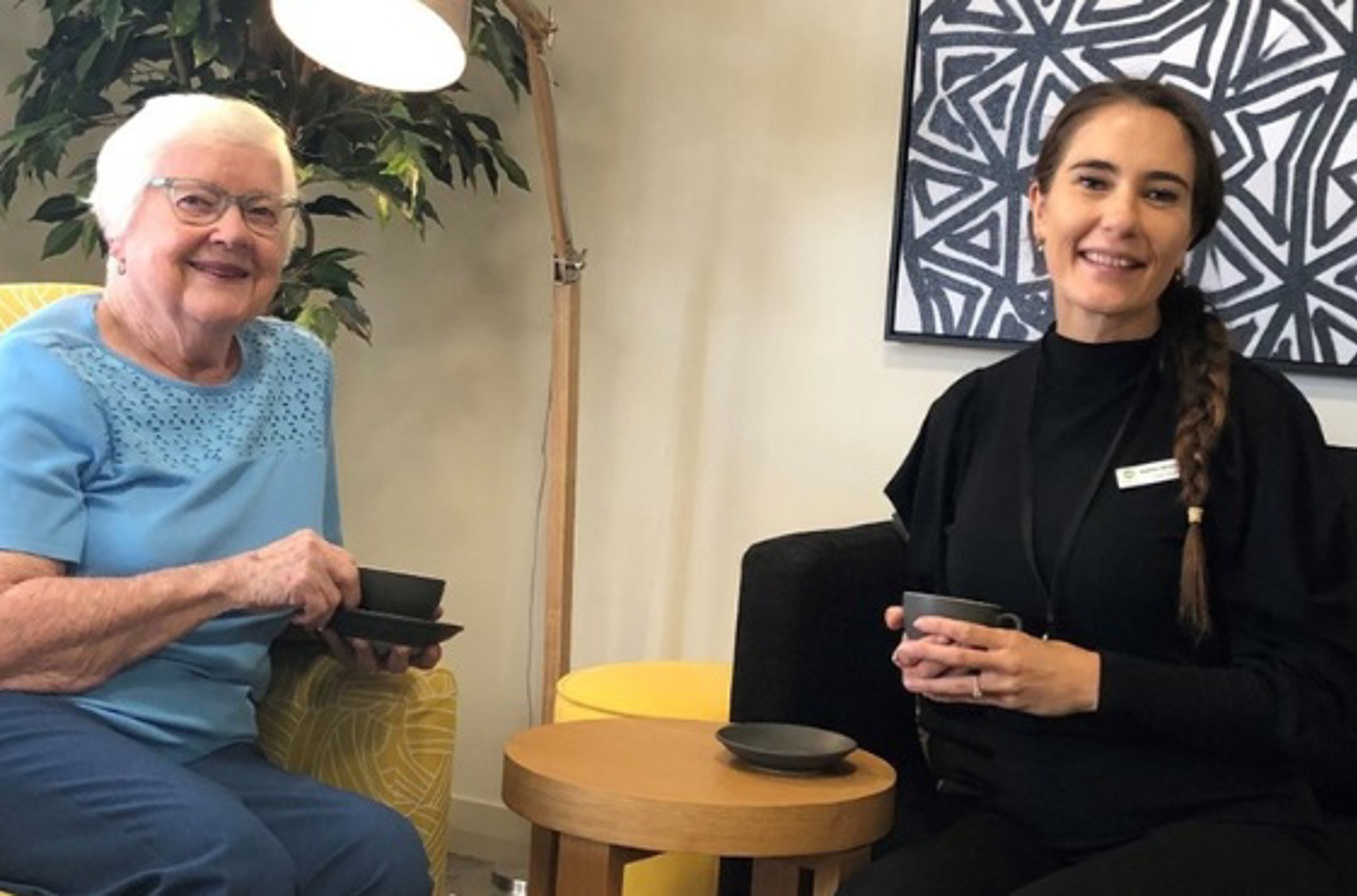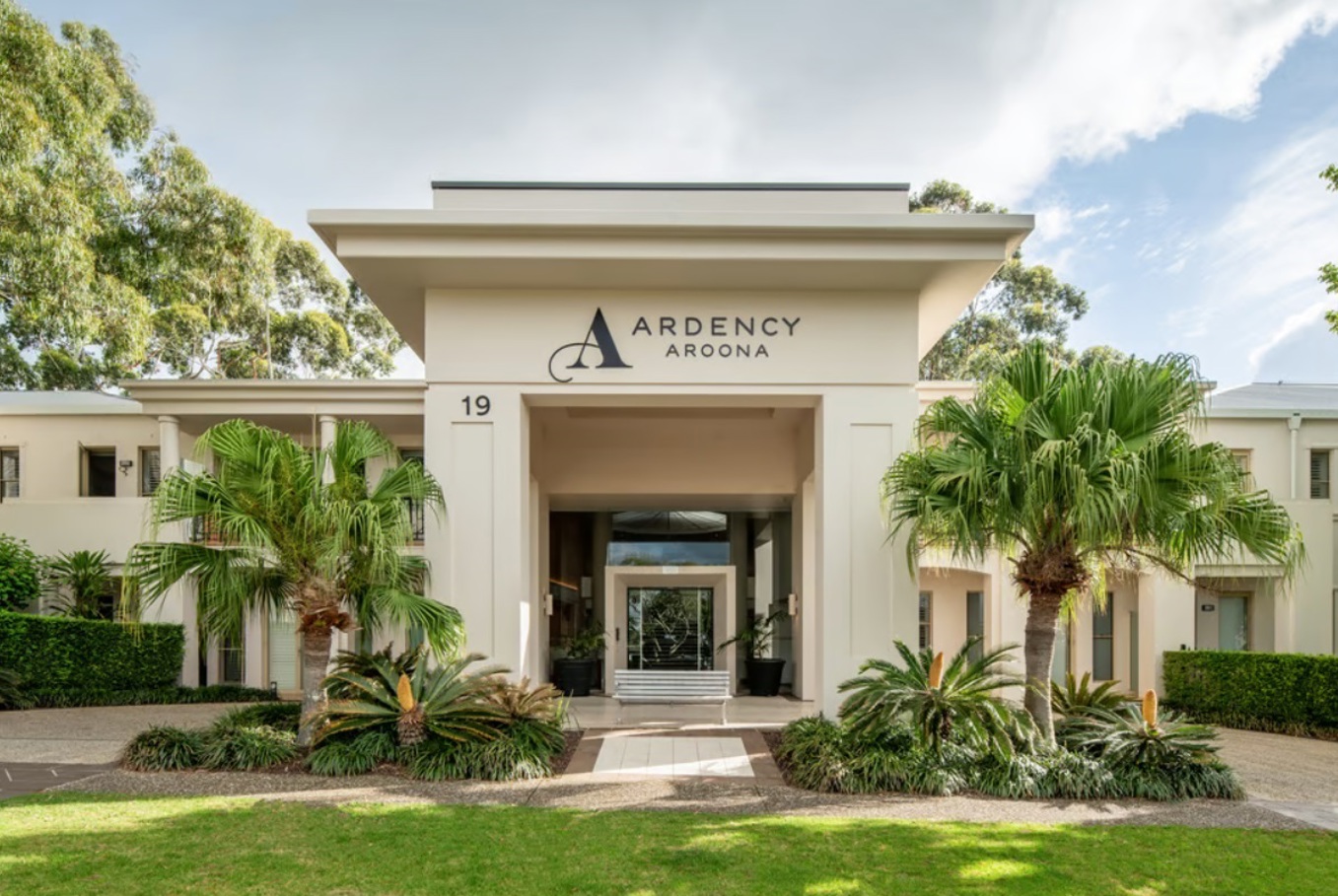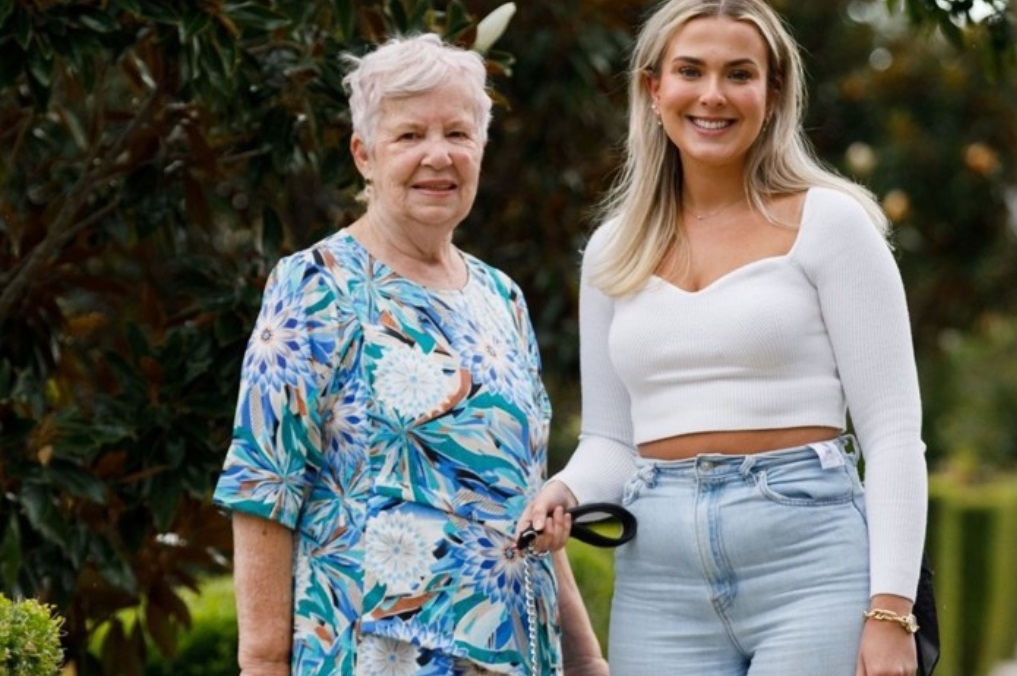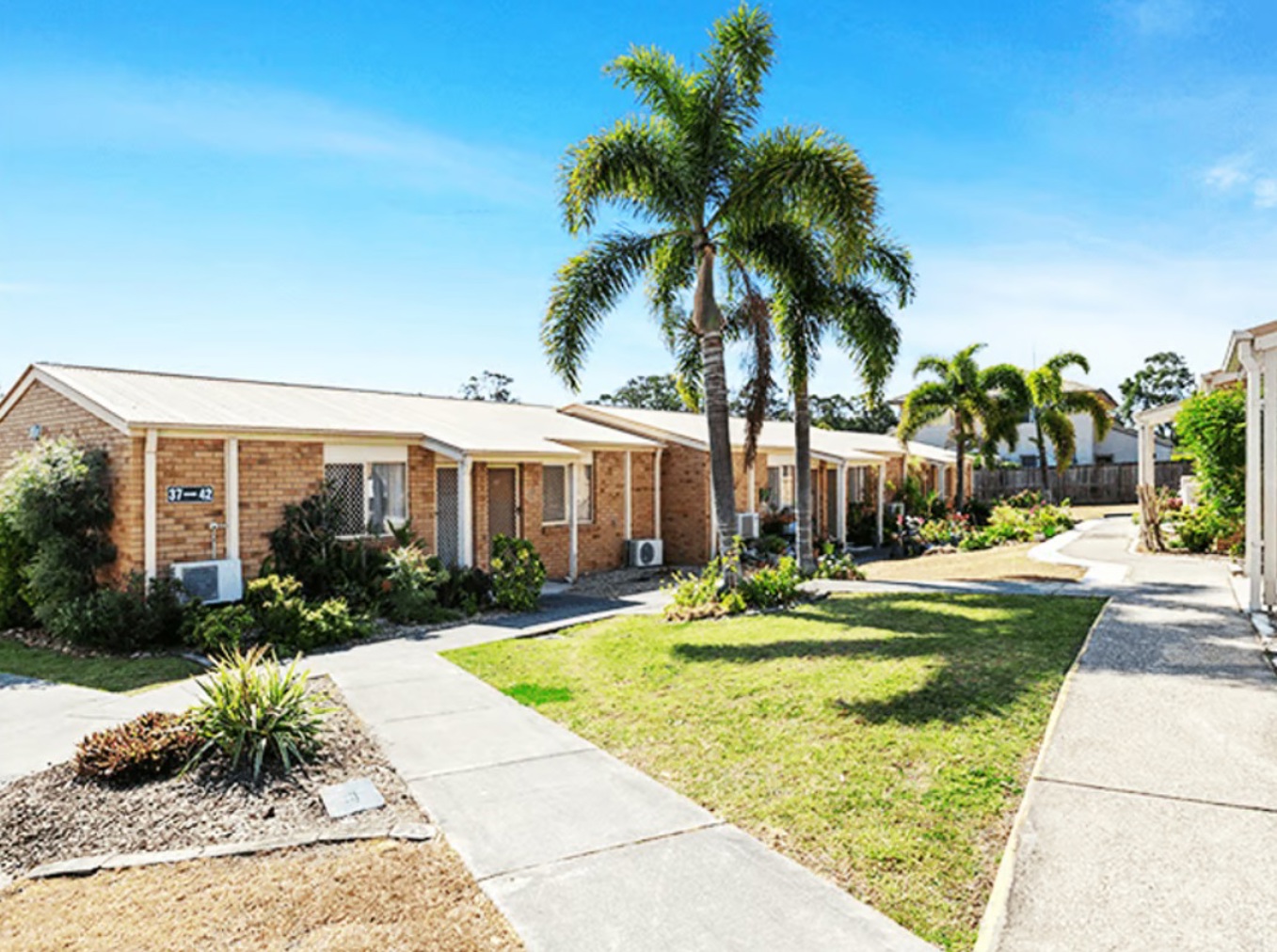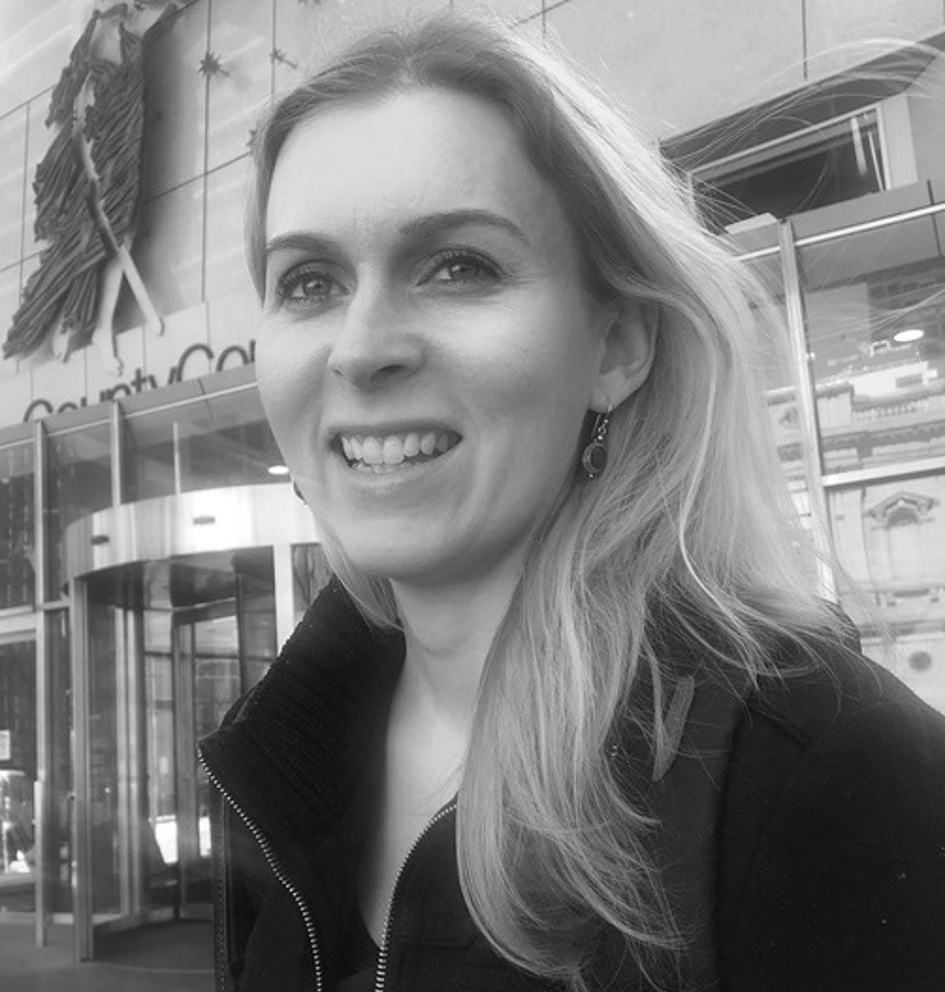Retirement villages are the oldest form of retirement living accommodation, with over 180,000 people living in villages today. Across Australia there are approximately 2,000 villages, meaning there is one in nearly every community.
Operators of villages
60% of villages are privately owned and operated, by large corporations like Lendlease, Stockland and Aveo, down to local property developers and investment syndicates.
40% are owned by churches and charities, such as the Uniting Catholics and Anglicans and Salvation Army churches. Not For Profit community groups also own villages, usually in regional areas.
Are they popular
8% of all Australians aged 75 or older live in retirement villages. But this number is declining as we are not building enough of them because of lack of suitable, affordable land.
With the growing older population we need to build 5,000 new village homes a year but we are currently building just 2,500 new homes.
The price of village homes has also not kept pace with the substantial increases in residential home prices experienced in the capital cities. Villages have become increasingly affordable which has increased the demand for them.
This means that many villages have waiting lists. Our advice is to start planning your options early by searching on villages.com.au and visiting the villages near where you would like to live.
Designed to support ageing
Retirement villages are designed to provide safe and secure housing as we age. For instance there should be no steps in the home (or the village), corridors and doorways are wider and bathrooms adaptable for mobility devices.
A major feature of retirement villages is the sense of community, with residents creating an informal support network and social groups.
For most villages you pay for the right to reside - you don’t own
For more than 90% of retirement villages across Australia, a lease tenure applies. You do not own it.
Less than 10% of retirement villages are known as ‘strata’ villages, which means you own your own home similart to buying into an apartment building. You pay stamp duty on your home purchase, making your entry more expensive. In most other respects the financial arrangement are the same for all retirement villages. Virtually no strata villages are being built today.
The thing to understand is that when you join a village you will pay a lump sum when you enter (which is in effect rent in advance), part of which will be returned to you when you leave.
Why not own? A major reason is, like any rental property, the owner is both contractually and financially committed to stay involved in the village long-term.
This has significant advantages for you as you age. The owner is responsible for arranging maintenance of the buildings and the public infrastructure (the capital costs). The operator also maintains a consistent presence in the village, meaning as you become more frail your home continues to be looked after. This is important if you end up alone with no family nearby for support.
The finances
There sometimes is confusion surrounding retirement village finances because most of us have not experienced this type of property transaction before.
The finances are designed around the concept that for most of us this will be our last home and it is unknown how long it will be required, especially given one member of a couple may pass away first.
Remember you don’t buy your village home, like you would a normal property. When you enter a retirement village you pay a lump sum amount of money which is called the 'ingoing contribution'. As a benchmark think of an amount of approximately 80% of what a similar home in that suburb would cost to purchase. When you leave the village you pay a fee called the Deferred Management Fee (DMF) or departure fee. The terms of the financial arrangements will be clearly set out in your village contract.
There can be a financial advantage if you downsize from the family home and buy into a retirement village leaving money left over to live on for the balance of your life.
You will still have to contribute to the maintenance costs of the village, such as cleaning of carpets, painting the village and the mowing of the lawns. Depending on how many facilities the village has this can vary from $50 a week to say $150 a week. A weekly or fortnightly recurrent fee is charged for this purpose.
The most common Deferred Management Fee structure today is a maximum of 30 to 40% of your upfront lump sum, with a sliding percentage scale up to 3 years calculated on a daily basis. Different operators offer different and sometimes sliding terms.
For example if you only live in the village for two full years then you may be charged 20% DMF, but by the end of year three you will have reached the maximum of 30%. It will be capped at this amount, meaning as you continue to live in the village for say 10 years or longer the Deferred Management Fee does not increase.
For example, if you pay $500,000 ingoing contribution and you stay for three years or more the DMF at 30% would be $150,000. You would get back $350,000 when you leave.
If you stay 10 years the DMF will still be $150,000, meaning the DMF cost was $288 a week to live in the village.
A major reason why this works is the concept of ‘use now and pay later’ – you get all the benefits of living in the village, with its safe design, facilities like private roads and community centres or swimming pools, and a village manager looking out for you, without having to pay for it each week. You pay for all this when you leave.
The contract
Retirement village contracts are not like other property transactions. Most of us have not experienced this type of property transaction and finance package before. Some solicitors and financial advisors are not yet familiar with these types of arrangements.
Retirement villages are regulated by state and territory legislation. Laws and regulations are designed to protect you as a resident of the village and the owner of the village.
The contract gives you a license to reside in the village. Most state governments and operators are introducing a ‘standard’ contract that is to be used by all retirement villages. Be aware however that each village operator has flexibility in the financial terms within the ‘standard’ contract.
You should definitely have a solicitor explain the contract to you and provide a written report. You should keep a copy and also give your children a copy. Ten years later when you are leaving the village most people will have forgotten the terms of the contract and this often leads to disputes, especially amongst the children.
